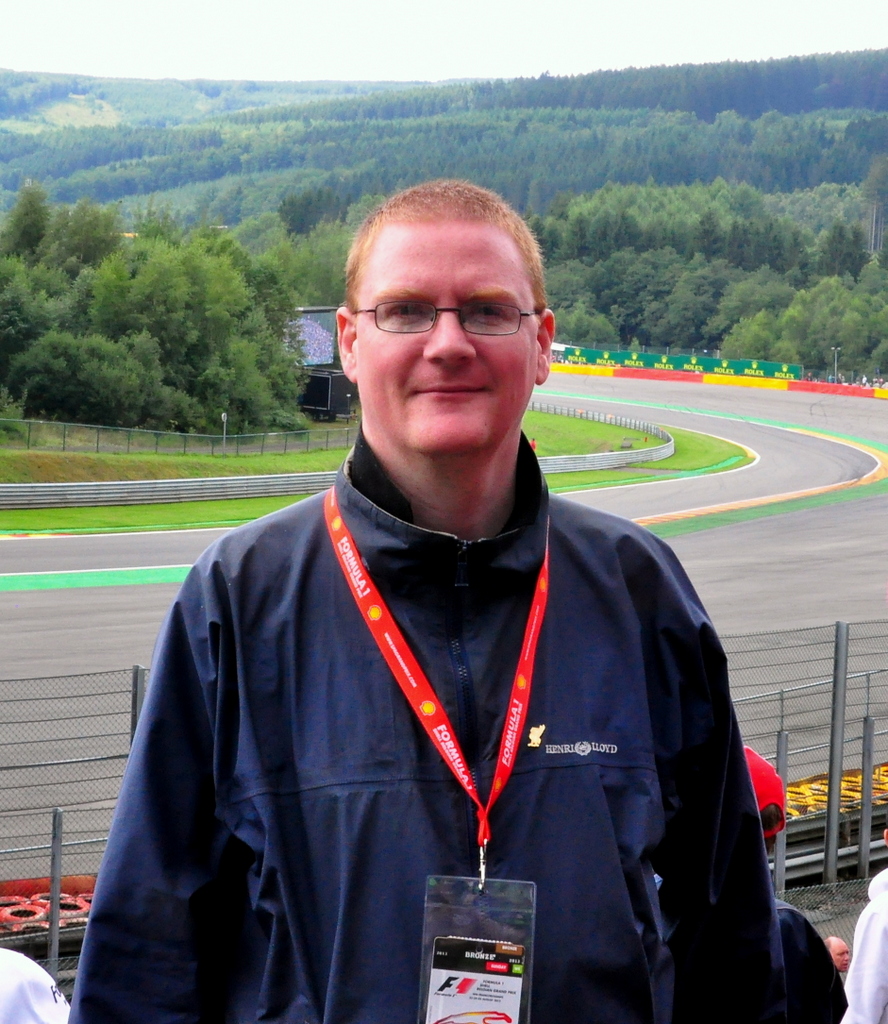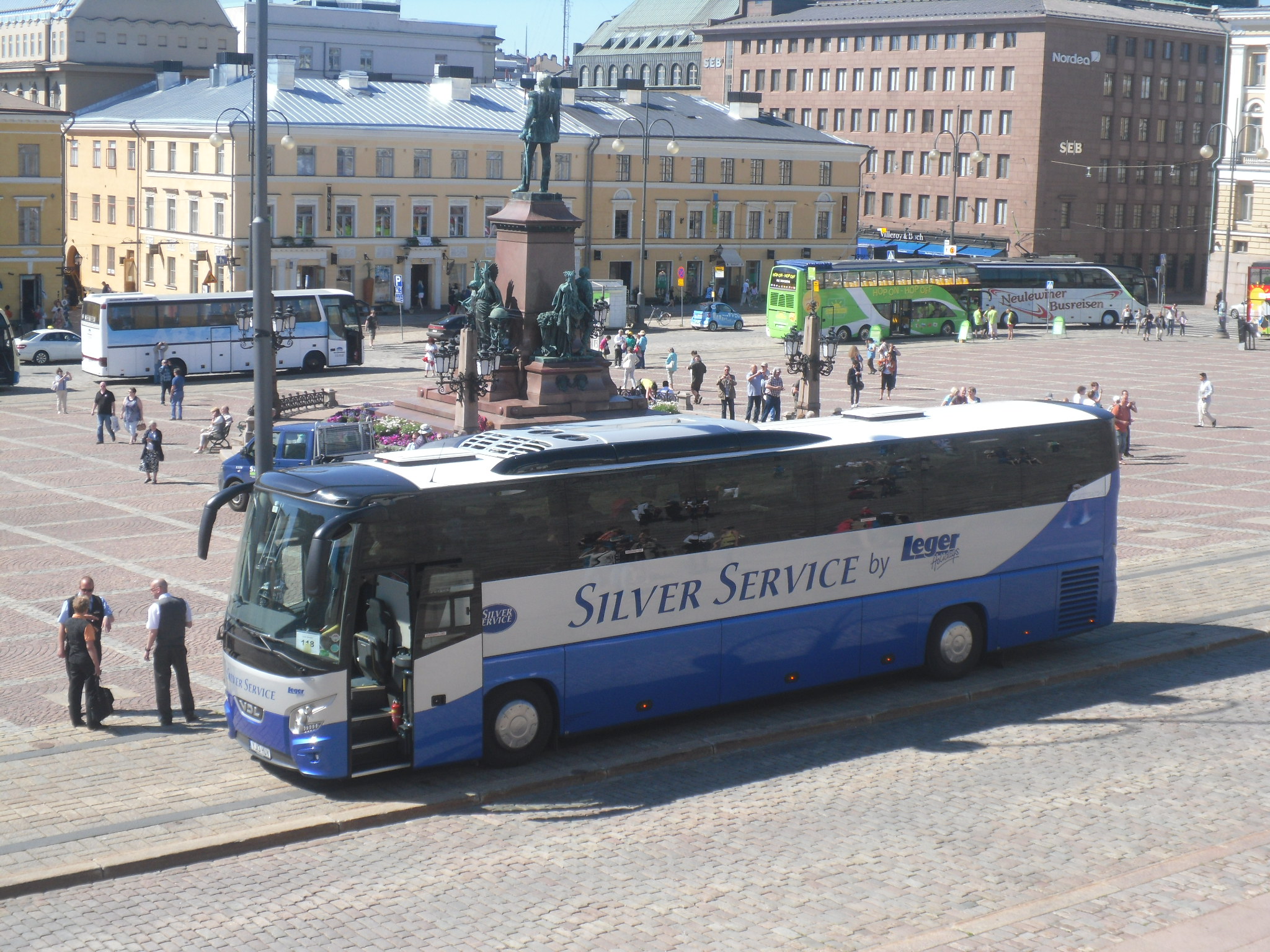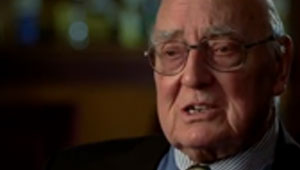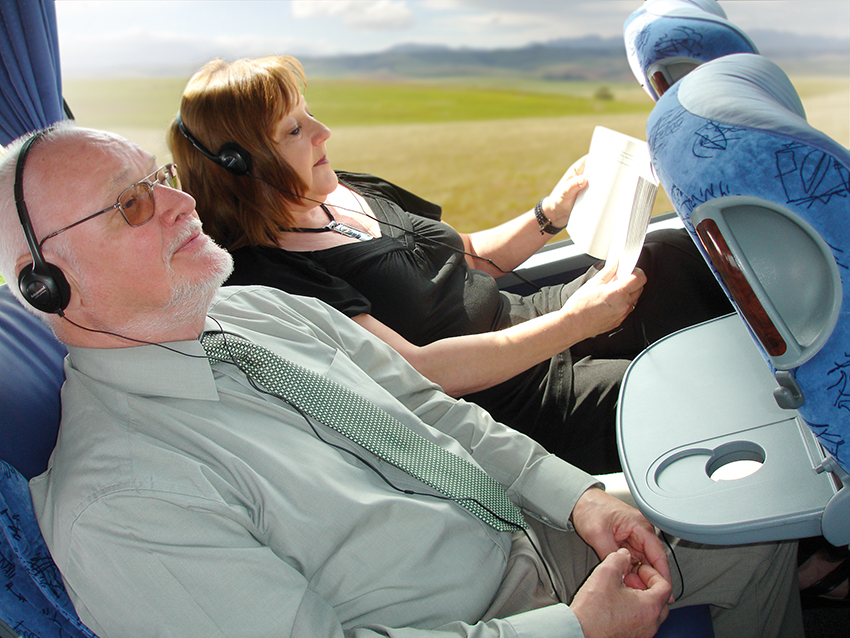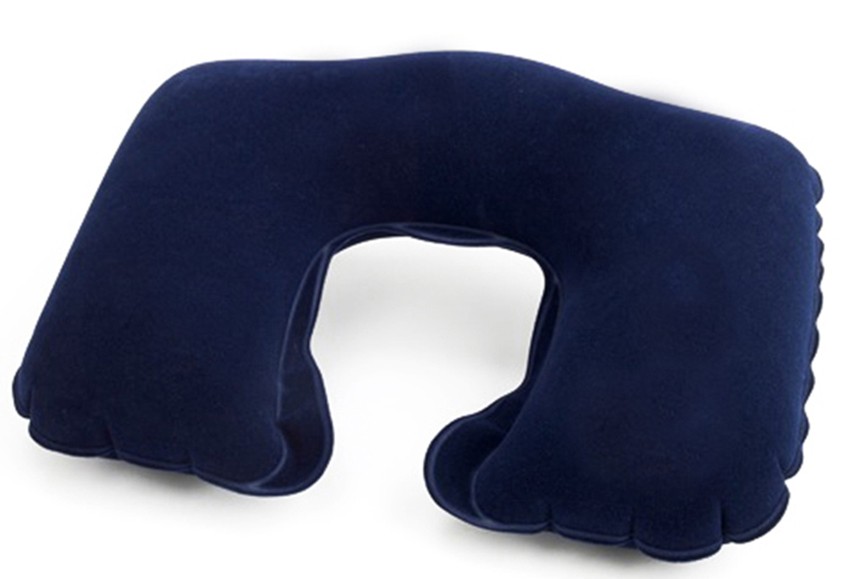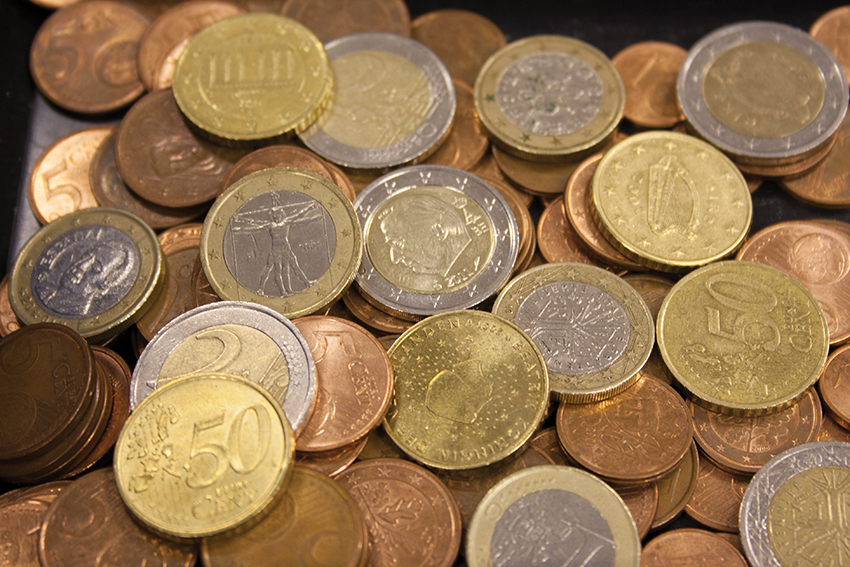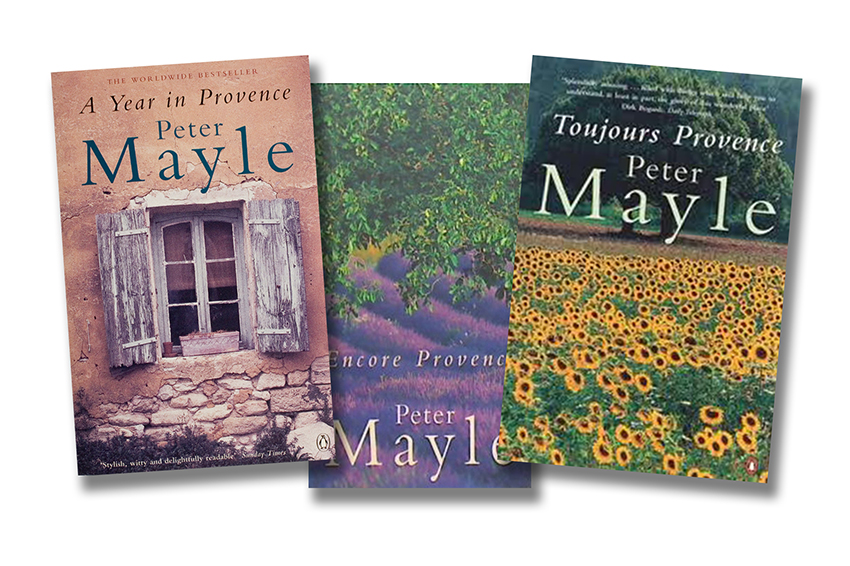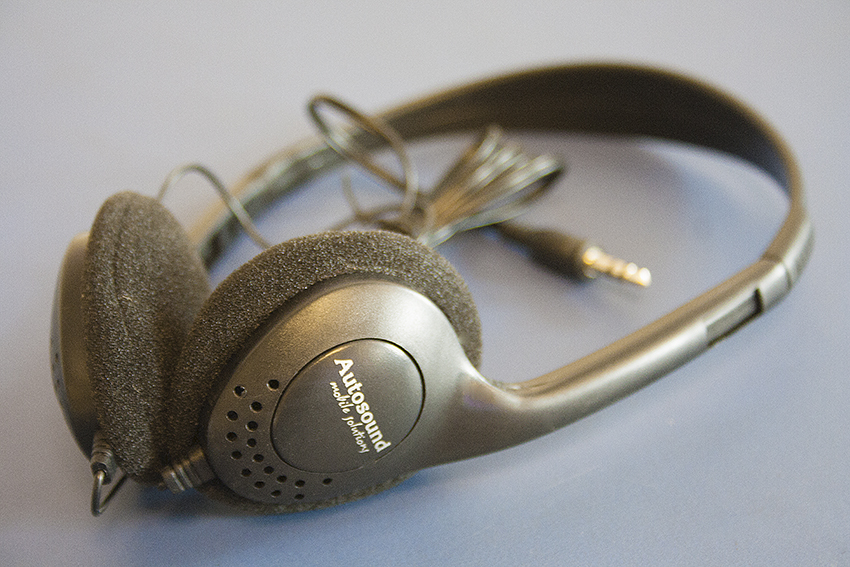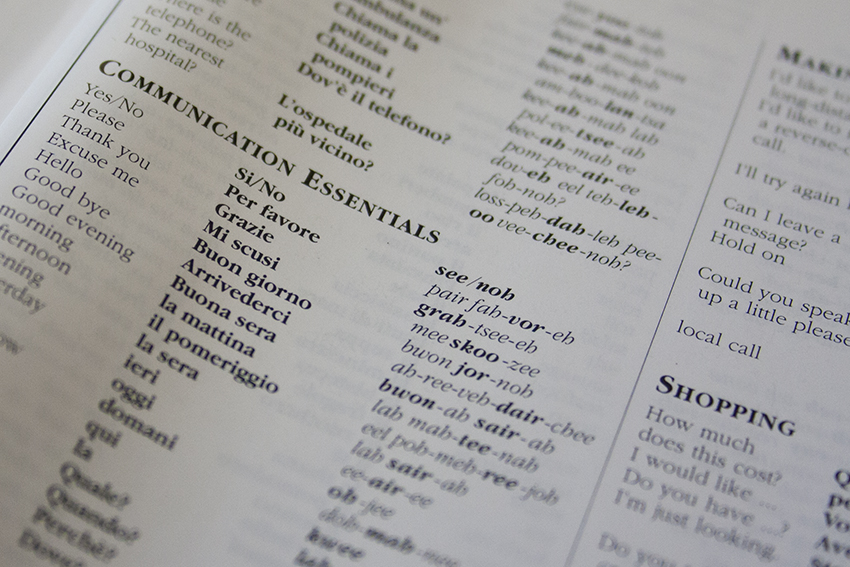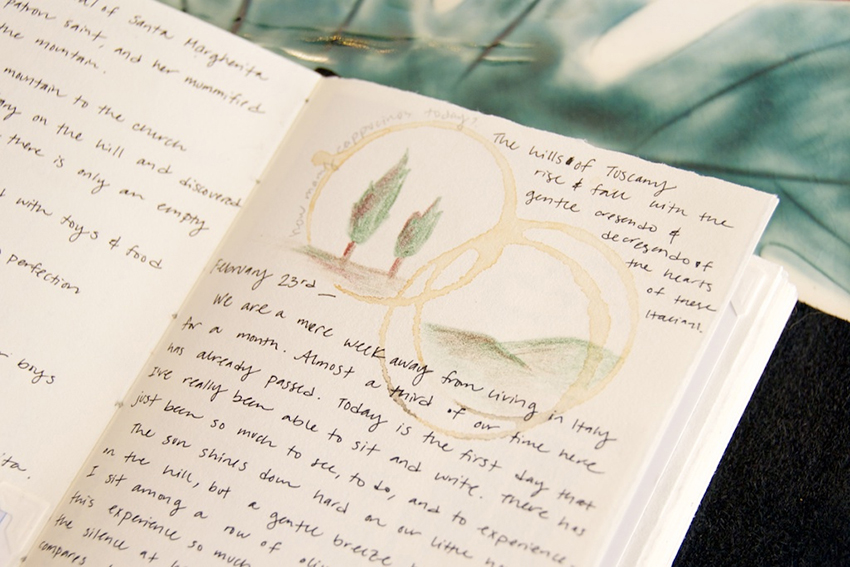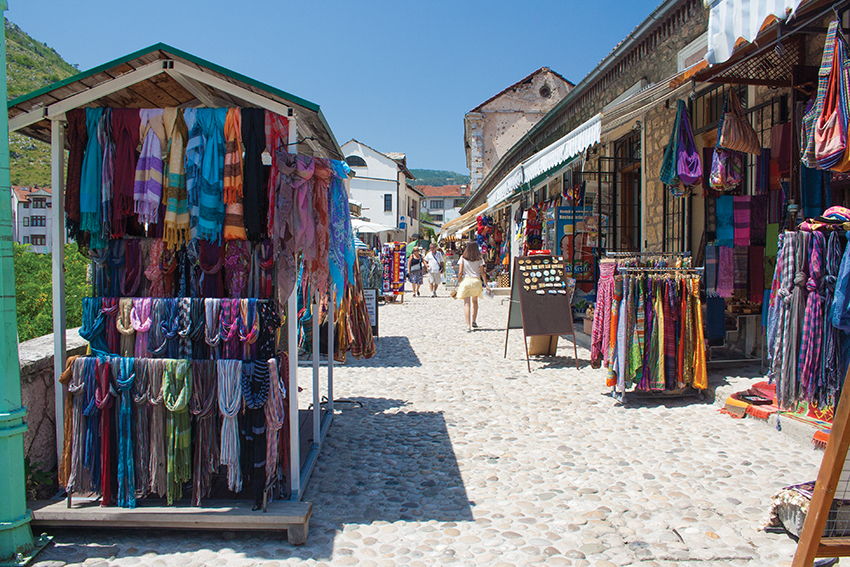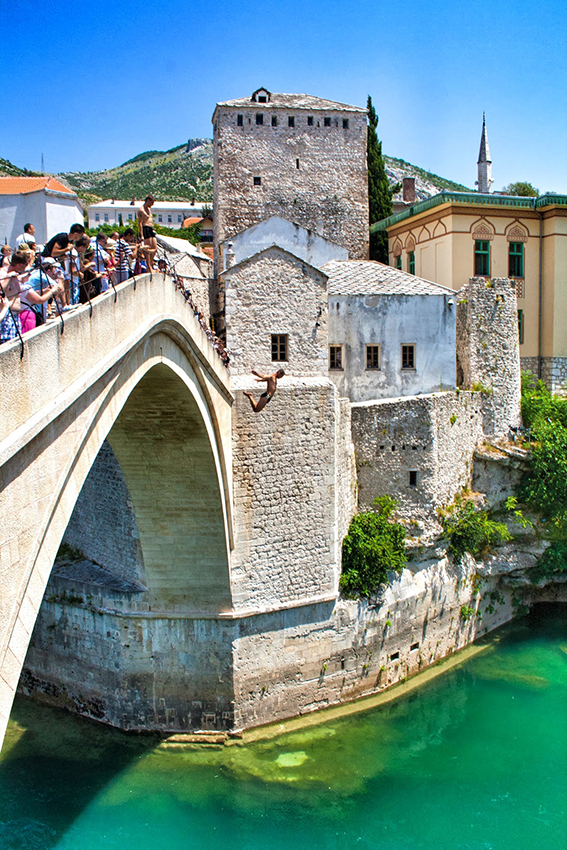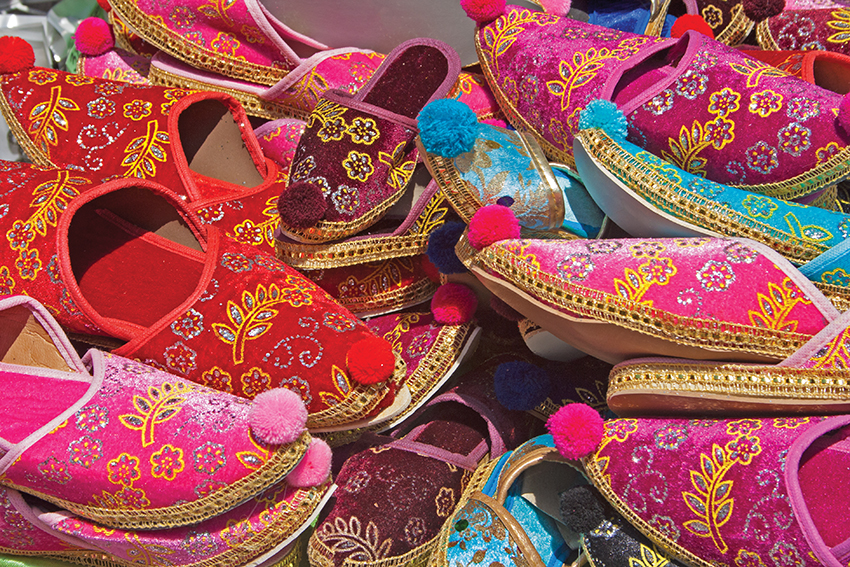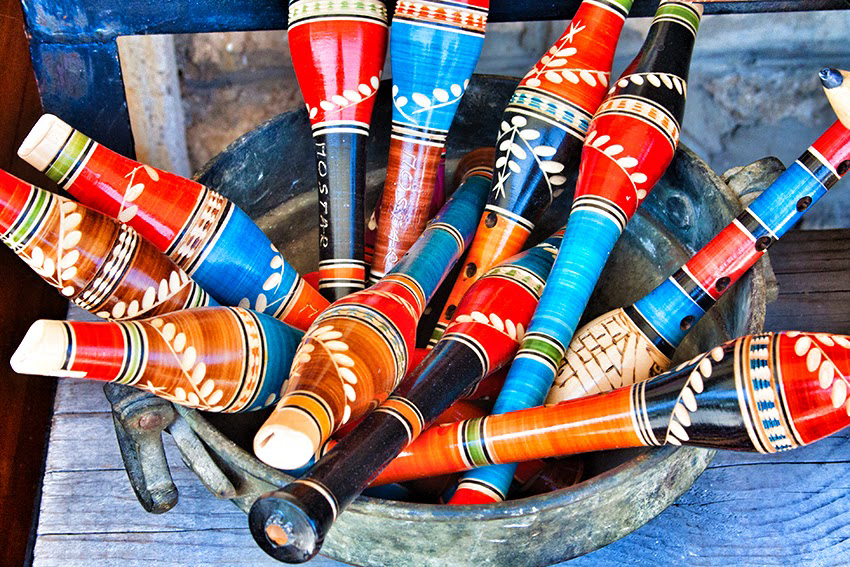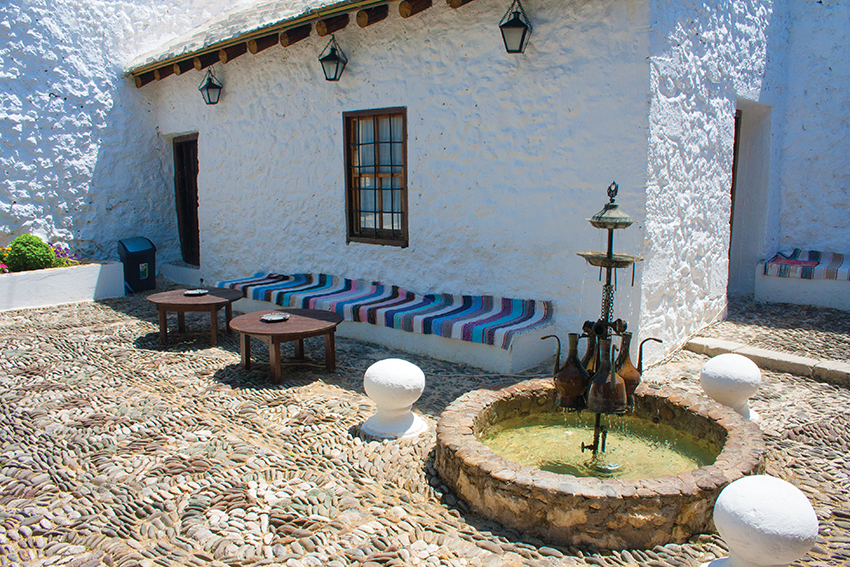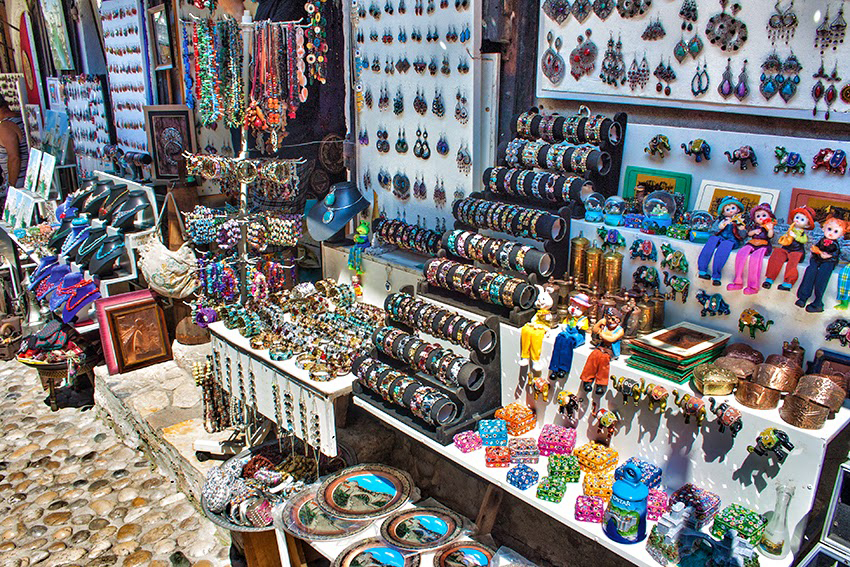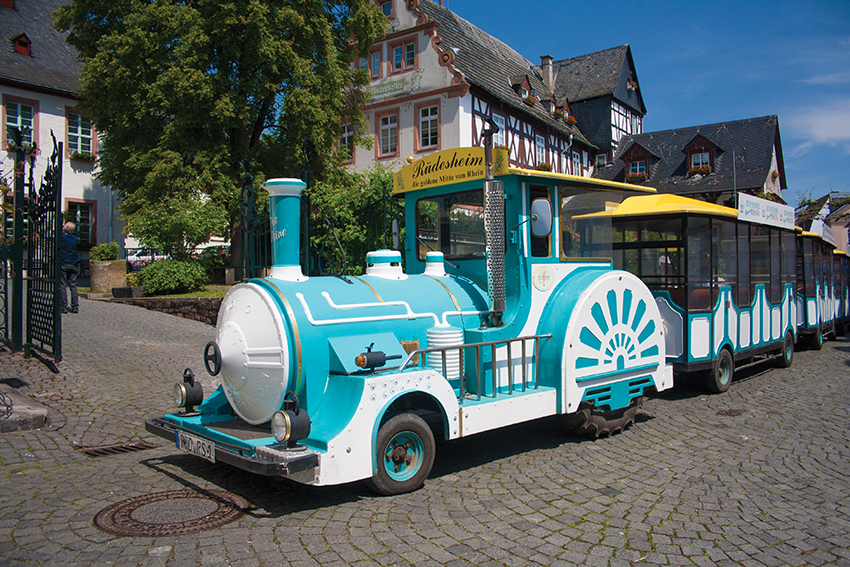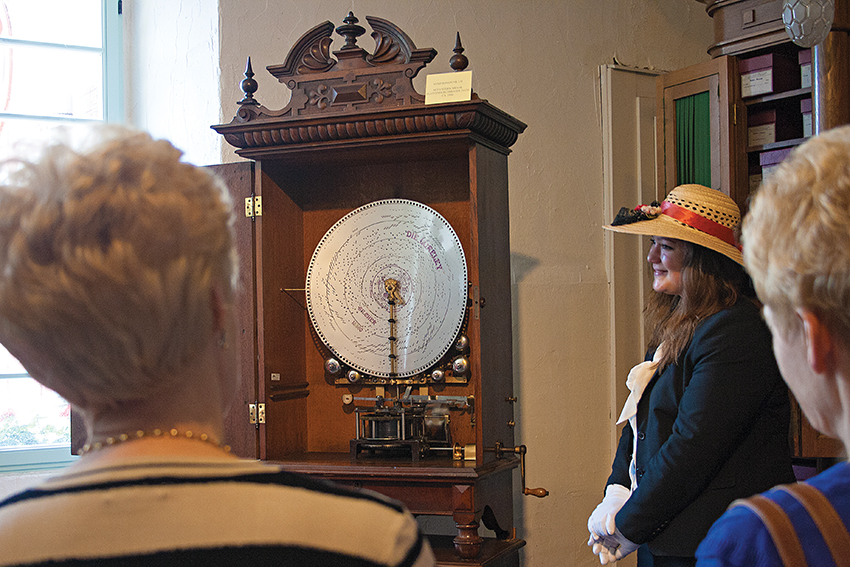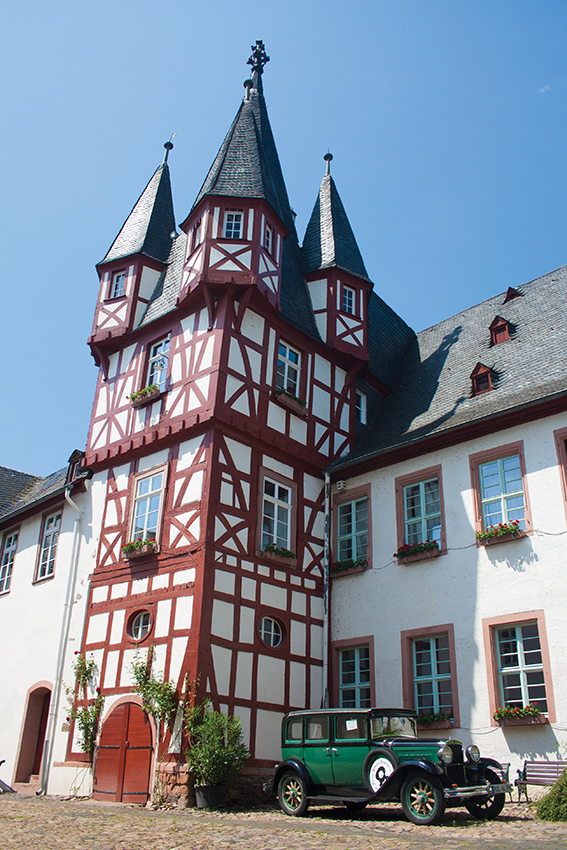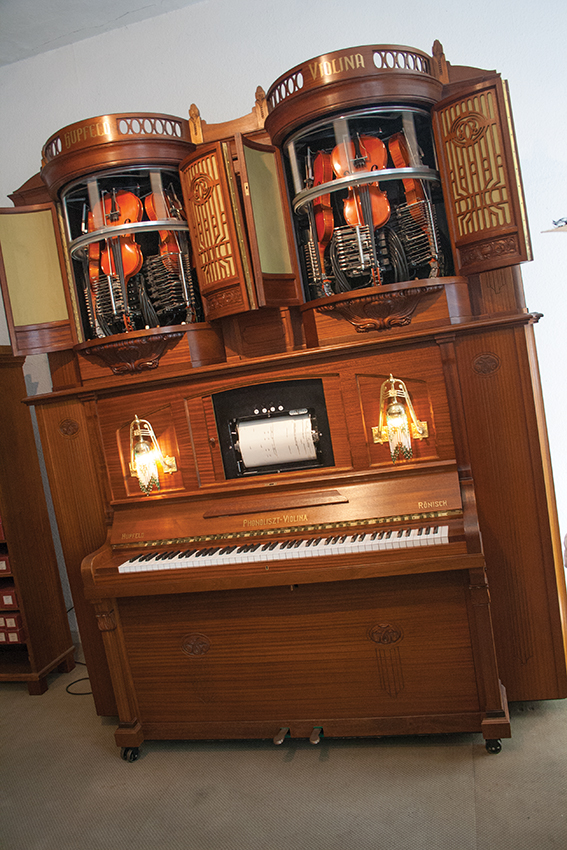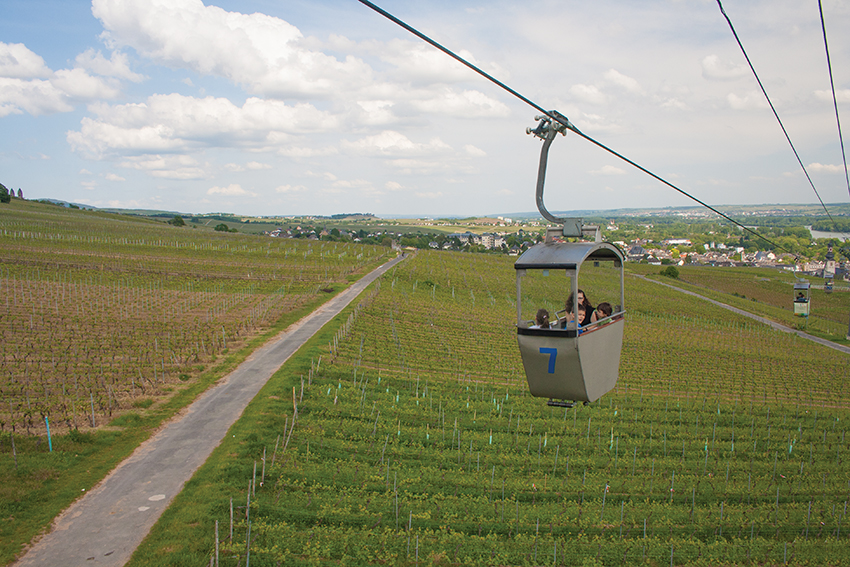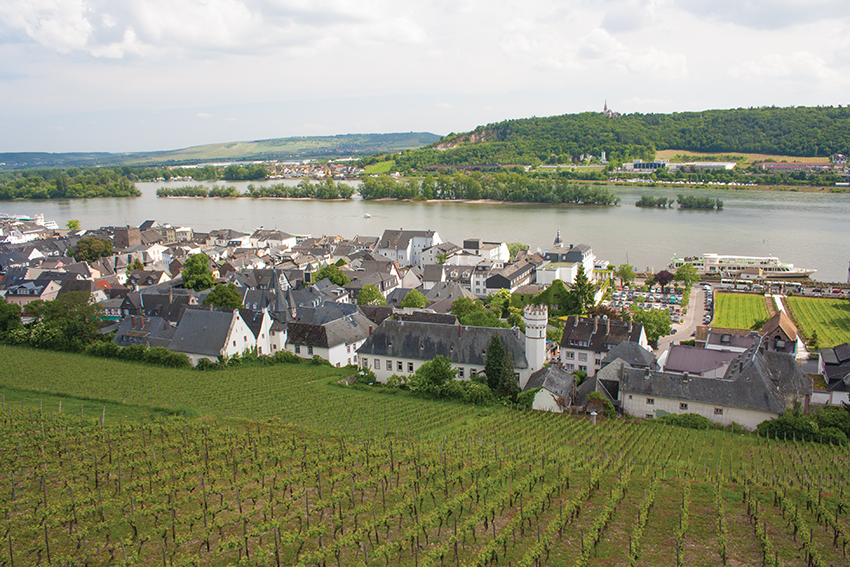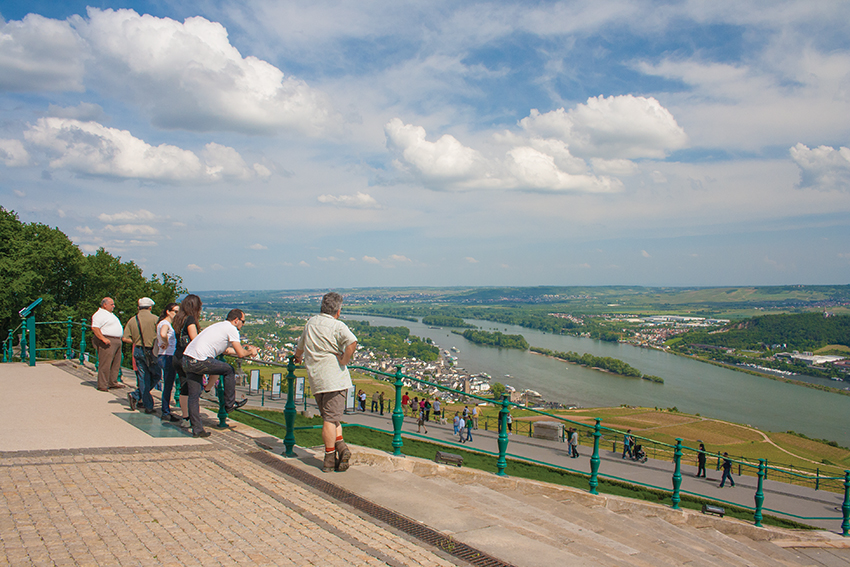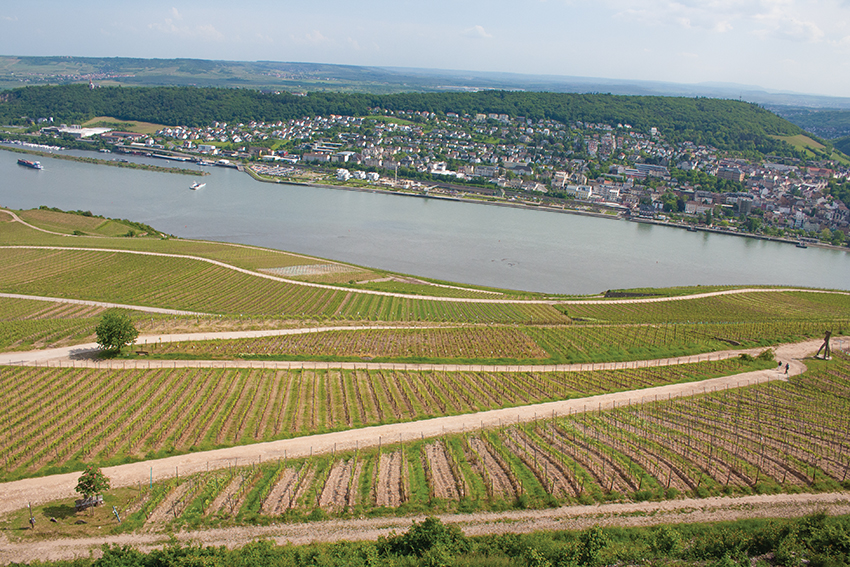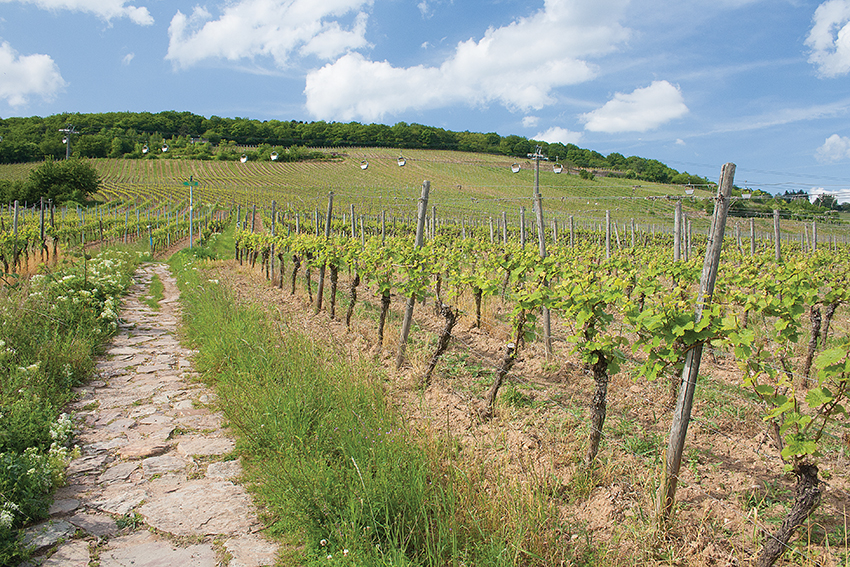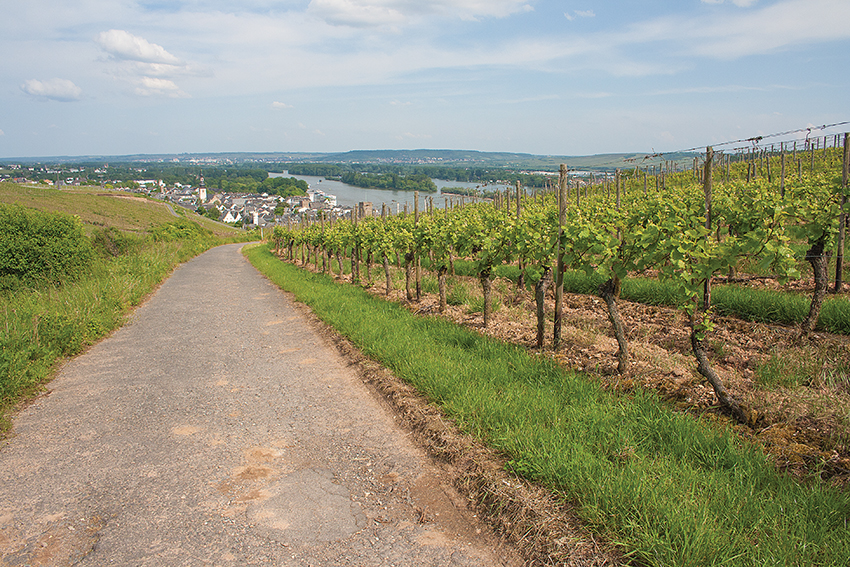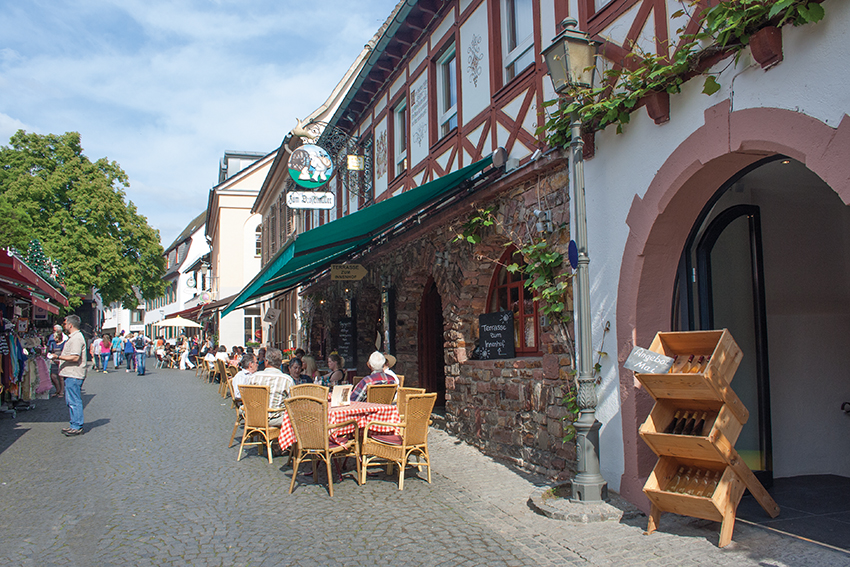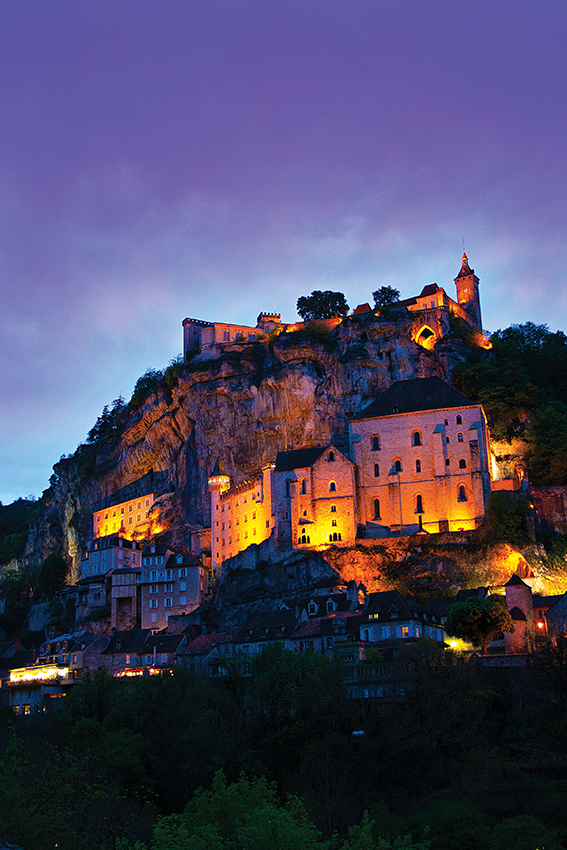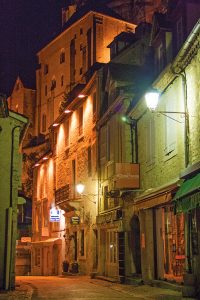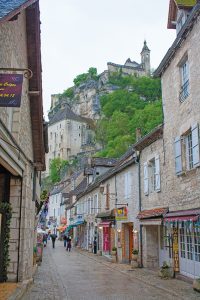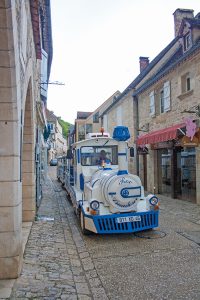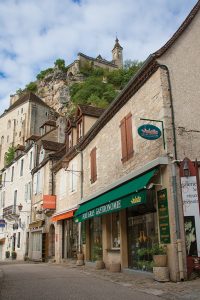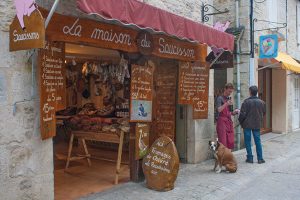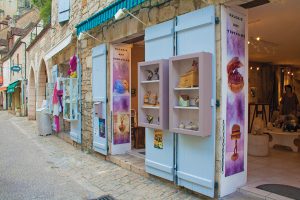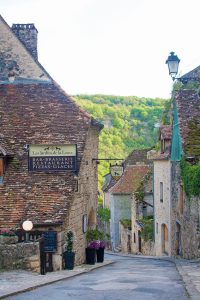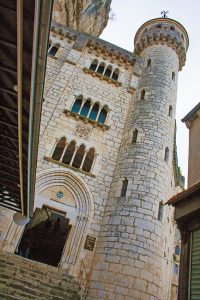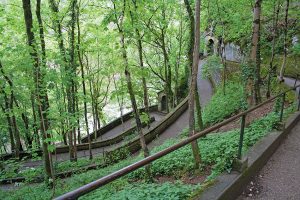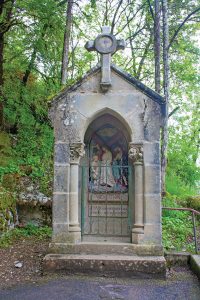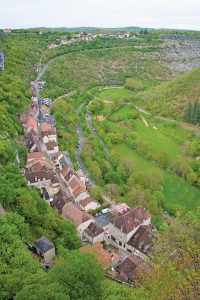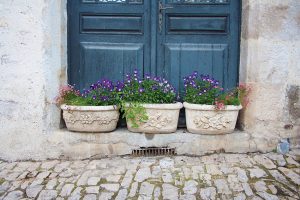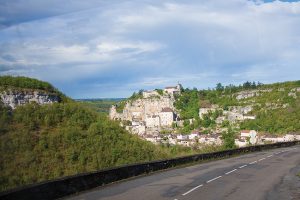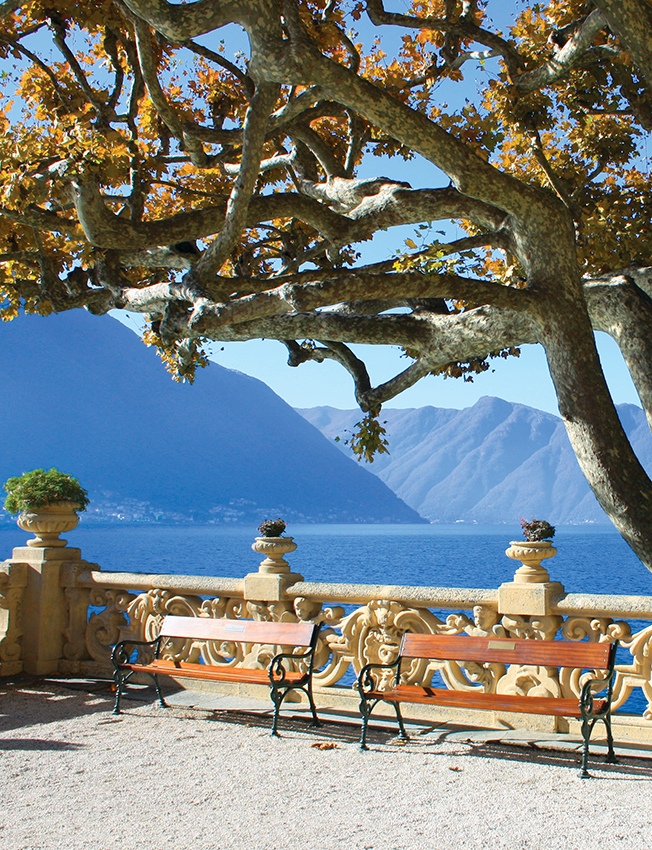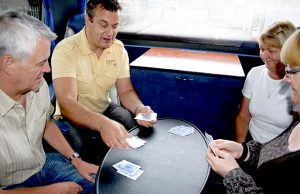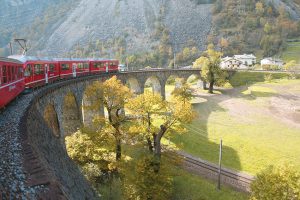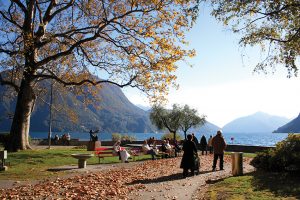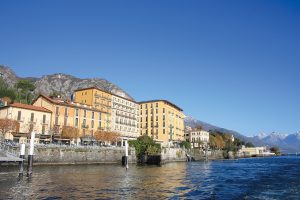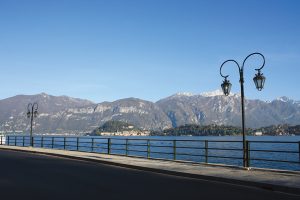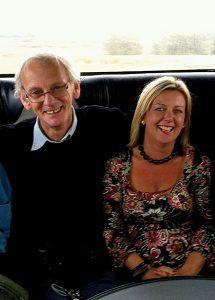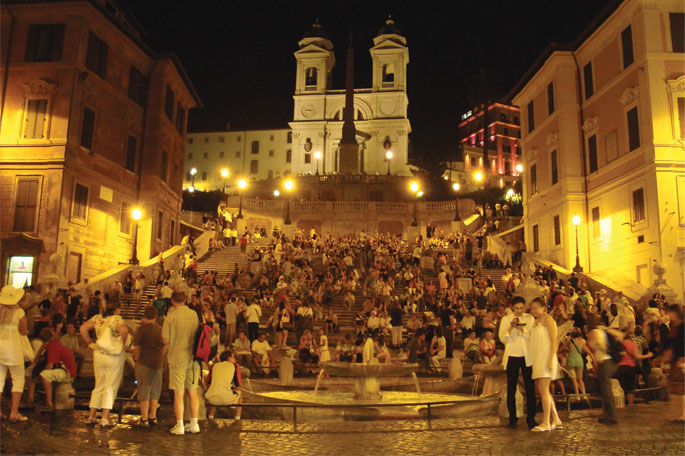Neil Martin (Daily Star) – Belgium Grand Prix press trip blog post
Many people who go to a Formula One event for the first time talk about the noise – but no-one ever seems to mention the deep rumble you actually feel in your chest.
It was certainly a shock to me at the Spa-Francorchamps circuit in Belgium as the cars came out onto the track for a practice session on Saturday.
Sitting just a few metres away on the bank beside the lightning-fast Kemmel Straight, the roar of the engines can make your whole body rattle.
So God only knows what it must feel like to strap yourself into the cockpit of one of those amazing machines, basically rockets with wheels, and blast down the track at more than 200mph.

I’m not an obsessed F1 fanatic, but will watch the Grands Prix on television on a Sunday afternoon and follow who is doing well.
I was always interested, though, in knowing what it might be like to get up close to the action – and Leger’s three-night trip from the UK gave me the opportunity.
Spa is certainly a great place to experience everything that top-level motor racing has to offer.
Make sure you bring your hiking boots, though, as the circuit is nearly 4.5 miles long and extremely hilly as it winds its way through the Ardennes forest.
You’ll discover that immediately as you walk alongside the famous Eau Rouge corner that climbs steeply to a height of nearly 120 feet, about the size of a 13-storey building.
From there, you can walk all along the Kemmel Straight – the fastest part of the track – where drivers are able to put their foot right to the floor for more than 22 seconds to build up mind-blowing speeds.
At the highest point of Spa, pass through a tunnel underneath the circuit itself and walk downhill to the sweeping Pouhon corner that provides a natural amphitheatre for spectators.

From there you can weave your way out through the trees to the remote Stavelot corner, or go back below the track and then uphill again on the elevated pathway that runs parallel to the long Blanchimont section.
That will take you to the Bus-Stop Chicane, where the cars make a dramatic right/left swerve before crossing the finishing line.
And all of that was accessible with the general admission ‘Bronze’ ticket, included for Saturday and Sunday as part of the trip.
Best to wander around and see it all on Saturday, though, when the crowds are not quite as dense as they are for Sunday’s big race-day.
That’s when the real hardcore F1 petrol-heads get up bright and early to bag the very best spots to watch the action, getting their places by 6am as soon as the gates open.
And they come from far and wide with French mixing with Finns, Germans chatting to Spaniards and English alongside Italians – all cheering on their favourites when the race begins.
From our hotel in Antwerp we were coached the 100-mile journey down to Spa each day, arriving at around 10am.
Having walked around most of the circuit on Saturday and identified our favourite corners, it was heads down and straight to the location (Pouhon) on Sunday before luckily finding a few spare square feet of space to squeeze into.
Those who prefer to be a bit more civilised can upgrade to Silver/Gold tickets which guarantee a specific seat in a grandstand – and also offers the additional benefit of shelter from any rain which famously develops out of nothing around Ardennes.
On this occasion the wet stuff, which can really spice up the race as drivers battle to keep their cars on the track, stayed away on Sunday and Sebastian Vettel enjoyed a processional victory.
But that’s the beauty of live sport – you just never know what is going to happen – and being there in person was certainly a much different experience to watching on TV from the comfort of the living room.
For more information on any of our Formula One tours please visit our dedicated Formula One tour page.

